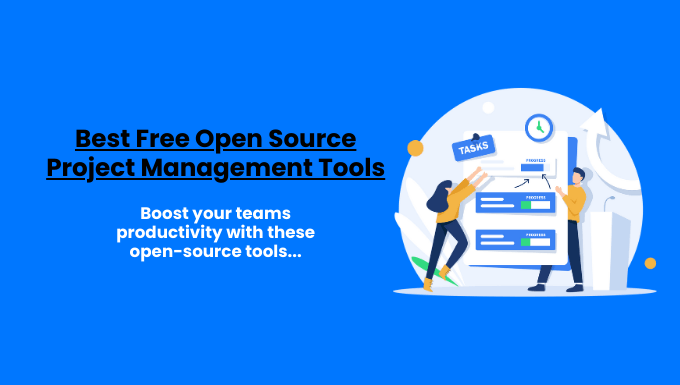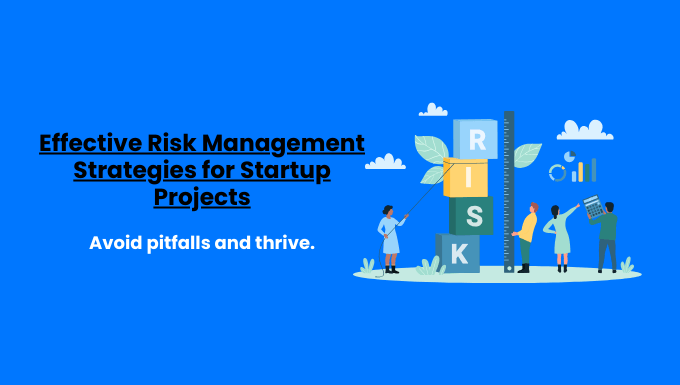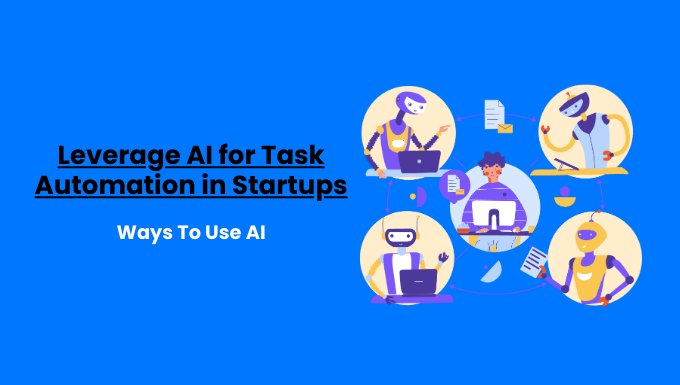Attention, entrepreneurs! Are you struggling to convert trial users into paying customers?
Trial pricing strategies could be your secret weapon.
Discover how SaaS companies leverage free trials to skyrocket their success.
From 30-day free trials to innovative trial offers, unlock the potential of strategic pricing to captivate your audience and boost conversions.
Ready to transform your trial users into loyal customers? Let’s dive in!
Key Takeaways:
- Trial pricing strategies break down initial resistance, allowing customers to experience your product risk-free.
- Choose the right trial period based on your product’s complexity and value proposition.
- Implement clear onboarding processes to maximize user engagement during the trial.
- Set clear expectations for post-trial actions to encourage conversions.
- Combine trial pricing with tiered pricing for a winning strategy that caters to diverse customer needs.
By providing products or services at a lower cost or even for free for a limited time, companies can break down the initial resistance of potential customers, enticing them to try something new with minimal risk.
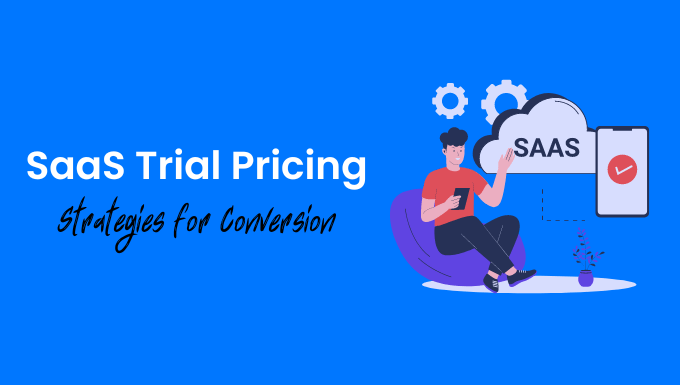
Contents
ToggleUnlocking the Potential of Trial Pricing Strategies
Picture this: you’re wandering through a vibrant market, and a vendor offers you a sample of their mouthwatering homemade cookies for free.
You take a bite, relish the taste, and before you know it, you’re reaching for your wallet to purchase a dozen more, possibly influenced by a discount pricing strategy that makes the additional purchase seem irresistible.
That, my friends, is the enchantment of trial pricing strategies in the business realm, where the success of your free trial will depend on how well your pricing strategy encourages engagement and conversion.
What is a free trial subscription?
What exactly is a free trial subscription, and how does it tie into a company’s competitive pricing strategy?
It’s akin to a sneak peek into a blockbuster movie before committing to buying the ticket.
Companies provide customers with an opportunity to test-drive their product or service without spending a dime, often as part of a captive pricing strategy to lure users into a paid subscription model.
It’s a win-win scenario – customers get to explore the product’s features, and companies get a chance to win them over.
Why do Trial Pricing Strategies Matter?
Trial pricing strategies, incorporating elements like cost-plus pricing, are the secret ingredient for customer acquisition and conversion.
By allowing customers a glimpse of what’s on offer before making a full commitment, companies can showcase the value of their offerings with a freemium pricing strategy, attract new customers, and witness their revenue skyrocket.
It’s like offering someone a taste of your world-class pizza and seeing them return for more.
Free Trial vs. Paid Trial
In one corner, we have the free trial – providing a risk-free experience to entice customers, a cornerstone of any robust SaaS pricing strategy, showcasing the advantage of the free trial and how a trial sign-up process can be optimized for conversion.
In the opposite corner, is the paid trial – requesting a small fee upfront to separate serious buyers from casual browsers.
Both strategies aim to demonstrate the product’s value and convert trial users into loyal customers through an effective value-based pricing strategy.
What is the best free trial period?
The burning question – what constitutes the best free trial period?
Well, it hinges on how swiftly users can experience the benefits of the product.
B2B companies often opt for 14-30 day trials, while B2C companies might prefer a shorter 7-day trial to create a sense of urgency.
It’s all about finding that sweet spot to captivate your potential customers.
Different Types of SaaS and Trial Pricing Strategies
Let’s explore the world of Software as a Service (SaaS) and the fascinating realm of trial pricing strategies.
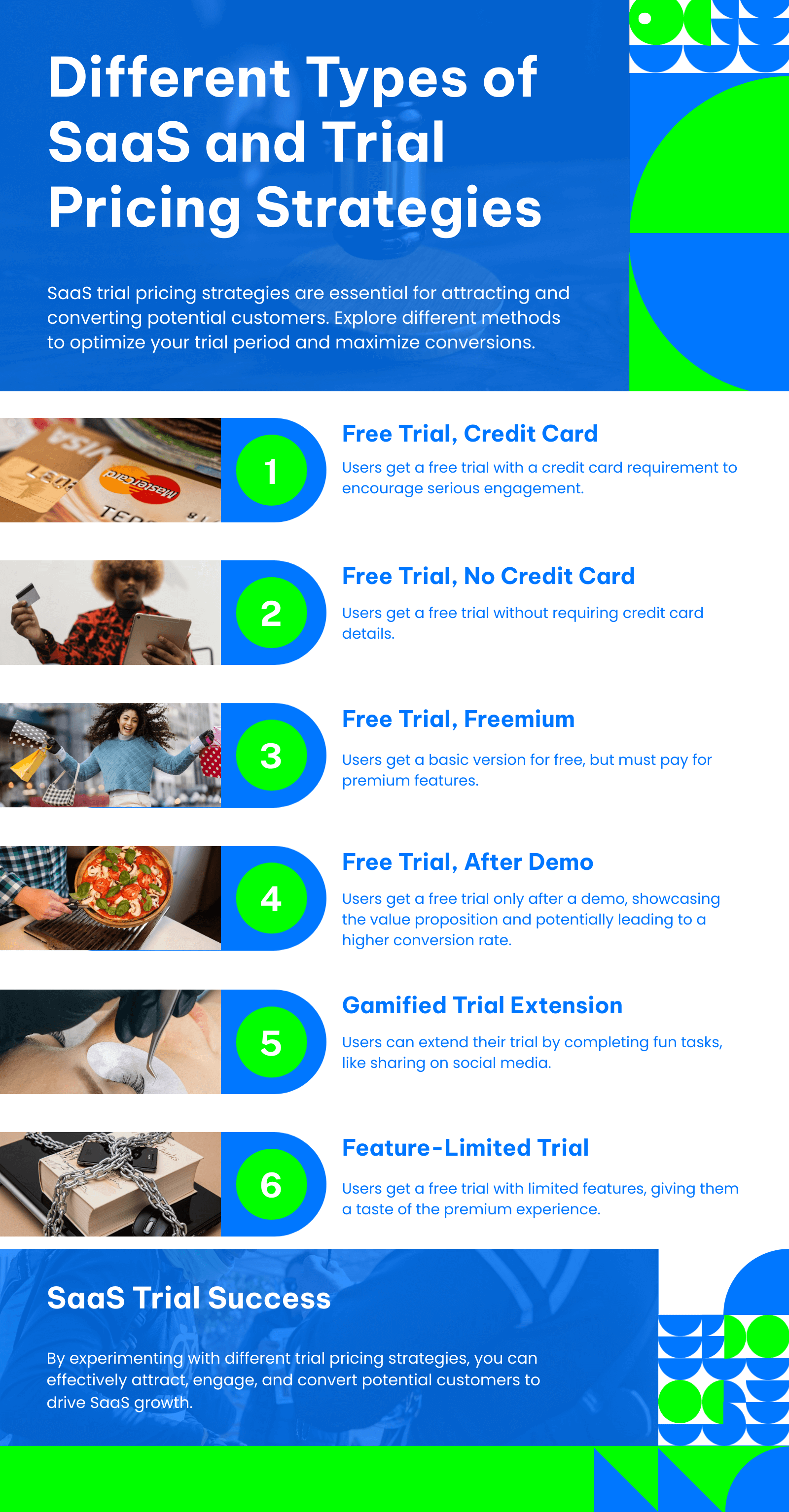
Get ready to uncover the secrets behind successful SaaS trials that will propel your business to new heights!
1. Free Trial with Credit Card
Imagine offering a free trial where users can test your software but need to provide their credit card details.
The twist?
If they forget to cancel before the trial ends, their card gets charged. It’s a clever tactic to sift out casual users and attract serious ones, perhaps by implementing a per-feature pricing model or per-active user pricing to cater to different user needs and commitment levels.
Sneaky, yet effective, especially when using a captive product pricing strategy!
2. Free Trial without Credit Card
Picture a scenario where users can access your software without entering their credit card information, a positive step in competitor pricing analysis.
It’s like an open invitation – no strings attached!
While this approach, is influenced by a type of pricing strategy that attracts more users, be prepared for some who might not be genuinely interested.
It’s a numbers game, after all!
3. Free Trial with Freemium Plans and Limited Functionality
Enter the world of freemium models where users get a basic version for free but must pay for premium features.
It’s akin to offering free samples at a food court – enticing, but the full experience comes at a cost, mirroring captive pricing tactics.
Watch out for potential higher churn rates, but rapid adoption is the key!
4. Free Trial after a Demo
Imagine offering a free trial only after users have seen a demo of your product.
It’s like a teaser trailer before the main event, hinting at the value proposition and employing a pricing strategy that allows for an engaging trial period that ends with a compelling call-to-action, possibly utilizing charm pricing to make the final offer even more appealing.
If your SaaS is complex, combining a demo with a 14-day free trial could be your winning formula!
5. Free Trial with a Gamified Trial Extension
Ever considered gamifying your free trial with a freemium pricing strategy, perhaps utilizing flat-rate pricing for simplicity?
Users can extend their trial by completing fun tasks like sharing on social media, a strategy that dovetails nicely with SaaS pricing strategies.
It’s like turning a trial into a game show – adding an element of challenge and reward, potentially engaging users further with incentive-based pricing tiers or discount pricing to encourage participation.
6. Product-Feature Limited Trials
Lastly, offering a free trial with limited features is like giving a sneak peek behind the curtain, a usage-based pricing model that allows users to see value before the end of the trial period.
Users get a taste of the premium features but need to upgrade for the full VIP experience, illustrating captive pricing at work.
It’s like upgrading from economy to first class – once you’ve experienced the perks, there’s no turning back, a feeling often aimed for in SaaS pricing strategies.
Best Practices for Implementing Trial Pricing Strategies
Now delve into the world of trial pricing strategies – a powerful tool in your entrepreneurial toolkit, greatly enhanced by a thoughtful pricing page.
Let’s uncover some key tips to help you navigate this terrain like a pro.
1. Setting Clear Objectives for the Trial Period
First things first, before you dive into offering trial pricing, it’s crucial to define your objectives with a clear pricing model in mind.
What do you aim to achieve with your trial period? Incorporating cost-based pricing as part of your evaluation can provide insights into optimizing your trial for conversion.
Are you looking to attract new users, showcase exciting features, or boost user engagement with an innovative SaaS pricing approach?
Remember to make your objectives SMART – specific, measurable, achievable, relevant, and time-bound with a keen focus on penetration pricing to attract a broad user base and influence pricing perceptions positively.
2. Choosing the Right Duration for Your Trial
The length of your trial period can make or break your strategy, especially when combined with a skimming pricing strategy to maximize profits early on and adjust pricing tiers based on market response.
Consider the complexity of your product, pricing structure, and customer acquisition tactics.
While shorter trials can deliver quick wins, most trials typically range from 7 to 29 days.
Aim for that ‘AHA’ moment to hook your users early on, leveraging the best pricing strategy to convert trial users into loyal customers.
3. Providing Full Access vs. Limited Features/Capabilities
When it comes to trial pricing, you have options – full access or limited features, an approach integral to psychological pricing strategy, and a primer in considering flat rate versus captive product pricing.
While free trials offer zero barriers to entry, paid trials can filter out less serious users.
It’s a balancing act between attracting a broad audience and targeting high-conversion prospects.
Choose wisely based on your product and target market, considering the impact a charm price strategy may have on consumer perception and buying behavior.
4. Communication Tips to Promote Your Trial Offer
Communication is key to converting trial users into paying customers, especially when discussing SaaS pricing models, where explaining the benefits of active user pricing or other models can clarify value propositions.
Send out timely trial expiry emails to remind users of the value they’ll be missing out on.
Consider offering gamified trial extensions to engage users and encourage them to explore your product further.
Remember, a little nudge goes a long way.
5. How to Convert Trial Users into Paying Customers
The transition from trial to paid customer is where the magic happens, exemplified by a successful pricing strategy that encourages users to see the value before the end of the trial period.
Create a sense of urgency, highlight the benefits, and make the conversion process seamless.
For freemium models, focus on delivering maximum value during the free period to set the stage for upselling later on, adhering to the principle that a good pricing strategy encourages upselling.
Keep your users engaged and excited about what’s to come.
Benefits of Using a Free Trial Pricing Strategy
In the fast-paced world of business, standing out from the crowd is essential.
One effective way to attract and retain customers is through a well-crafted pricing strategy, utilizing methods like psychological pricing, including charm price and discount pricing to influence buying decisions.
We’re diving into the world of free trial pricing strategies and how they can be a game-changer for your business.
Let’s explore the benefits that come with offering free trials to your potential customers.
1. Allows customers to experience your product risk-free
Imagine you’re interested in a new product or service, but you’re hesitant to commit without trying it out first.
A per-feature pricing approach might lower that barrier, offering flexibility and a tailored user experience.
A tiered pricing strategy during the trial period ends can cater to different user needs, encouraging commitment. Enter the free trial.
By offering a risk-free experience with a freemium pricing model, you’re inviting potential customers to explore what you have to offer without reaching for their wallets, which is a dynamic pricing strategy that adapts to user needs and behaviors. Take Dropbox, for example.
This Software as a Service (SaaS) giant allows users to access all features during a free trial period, building trust and confidence along the way with a clear freemium pricing strategy, and a clever implementation of psychological pricing.
2. Shows you as confident in your product
When you offer a free trial, you’re essentially saying, “Hey, I believe in what I’m offering, and I’m confident you’ll love it too.”
This display of confidence can work wonders in persuading potential customers to take the plunge.
It showcases the value of your product and instills trust in your brand. It’s like saying, “Try it out, I dare you not to be impressed!”
3. Helps You Collect Valuable Customer Data
Free trials aren’t just about giving customers a taste of your product, they’re also a goldmine for valuable data.
By collecting insights from surveys, email newsletters, chatbots, and more, you can gain a deeper understanding of your customers’ behaviors and preferences.
This data treasure trove can fuel your product enhancements and marketing strategies, putting you ahead of the competition and allowing for better implementation of captive pricing.
4. Lowers Your Acquisition Costs
In the world of business, every penny counts.
Free trials can be a cost-effective way to acquire new customers, embodying a common pricing strategy.
By offering a no-strings-attached experience, you can attract a larger audience without breaking the bank.
Refine your targeting strategies, focus on the right audience, and watch your acquisition costs plummet, using psychological pricing to make the offer more attractive and employing a penetration pricing strategy to rapidly gain market share.
It’s a win-win situation for both you and your customers.
Potential Pitfalls and How to Avoid Them
1. Underestimating the costs associated with offering free or discounted rates
So, you’re considering offering freebies or discounts to attract customers, right? Well, before diving in headfirst, let’s talk numbers.
While it may seem like a smart move to draw in a crowd, it could also drain your finances quicker than you can say “discount.”
- How to Avoid: Crunch those numbers! A fundamental step in any pricing strategy is understanding your costs and markups.
Conduct a comprehensive cost-benefit analysis to determine if your business can handle the financial rollercoaster, considering common pricing models and strategies, including cost-plus pricing and how a tiered pricing strategy can help diversify revenue streams.
Consider factors such as customer acquisition costs, long-term spending, and whether your profit margins can sustain the discount strategy. - For example: A software company offering a 30-day free trial isn’t just winging it; they’re factoring in server capacity upgrades, top-notch customer support costs, and potential revenue loss from users transitioning from paid to free mode.
2. Failing to Properly Onboard Trial Users
Imagine this: users testing your product on a trial basis are as lost as a sock in the dryer.
If they can’t grasp how your product works or its value due to a complex prestige pricing model, they’re unlikely to stick around post-trial. Implementing a simpler pricing model may facilitate better understanding and retention, showing that sometimes, pricing is a model of simplicity and efficiency.
Not an ideal scenario!
- How to Avoid: Give your trial users the VIP treatment!
Implement an effective onboarding process that educates them on all the features your product offers, incorporating aspects of a psychological pricing strategy to enhance perceived value and ensure pricing is less of a barrier at the end of the trial period.
Think tutorial videos, user guides, and proactive check-ins from your customer success team, are all part of a larger strategy to leverage pricing tiers for enhancing perceived value and customer satisfaction. - For instance: A project management tool with an interactive tutorial guiding users through setting up their first project, inviting team members, and managing tasks seamlessly can employ a cost-plus pricing strategy.
3. Not setting clear expectations for what happens post-trial
As the trial period wraps up, your users shouldn’t be left in the dark about what comes next.
Uncertainty about post-trial procedures could lead them to disengage from your product.
- How to Avoid: Don’t leave them hanging!
Clearly outline the post-trial steps, including pricing details based on a value-based pricing model, upgrading to a paid plan, and available features.
Transparency is key! - Imagine: A streaming service sends an email before the trial ends, outlining subscription plans, associated benefits, and instructions on upgrading seamlessly.
4. Avoiding common mistakes that could turn off potential customers
We’ve all heard the horror stories of businesses fumbling through their trial phases, scaring off potential customers with missteps.
Utilizing strategies like discount pricing could mitigate these risks, attracting more customers by offering tangible financial incentives.
From demanding upfront payment details to creating hurdles for cancellation, these blunders can spell disaster.
Avoiding these pitfalls through a customer-friendly pricing strategy allows for a smoother transition from trial to paid subscription.
- How to Avoid: Be a paragon of transparency and customer-centricity during your trial period, emphasizing your freemium pricing strategy and how pricing decisions throughout the trial can influence customer loyalty.
Avoid requesting payment information before providing value, streamline the cancellation process, and ensure your trial is irresistible to users. - For example: A fitness app offering a trial with full access to workouts, wellness guides, easy cancellation options, and no payment details required until the user commits, making this a compelling free trial package.
People Also Asked
1. Is the Free Trial Pricing Strategy Right for Your Business?
Considering implementing a free trial pricing strategy for your business?
This approach can be a game-changer, especially for SaaS companies, demonstrating how dynamic pricing is also known to influence the market.
Allowing potential customers to test your product before committing can be like giving them a sneak peek before the big reveal.
Companies like Adobe have successfully utilized common pricing models and strategies to reach a global audience, often employing a mix of subscription-based and per-feature pricing to cater to different customer segments.
If your product offers immediate value and has a short adoption cycle,
why not give it a shot?
A penetration pricing strategy can help introduce it to a wider audience quickly.
2. Can Trial Pricing Be Combined With Tiered Pricing?
Combining trial pricing with tiered pricing can be a winning combination, reflecting a dynamic SaaS pricing model and employing both psychological and captive pricing strategies.
Tiered pricing involves offering different levels of your product at varying price points based on features and more, a technique that aligns with bundle pricing.
Salesforce, for instance, offers different tiers like Basic, Advanced, and Enterprise plans, enabling customers to start small and scale up as needed.
It’s akin to choosing your adventure, but with pricing plans, where a dynamic pricing strategy provides multiple paths and options, also known as markup pricing in some contexts.
3. How Do Free Trials Convert Trial Users Into Paying Customers?
Converting free trial users into paying customers is an art form.
It entails optimizing the checkout experience, providing incentives to expedite conversions, and setting limits on trial features.
Companies like Rekener (Now Acquired By Brainshark) excel in this by delivering value during the trial period, keeping users engaged and excited, often through a cost-plus pricing model that ensures transparency and builds trust.
It’s like transforming a test drive into a lifelong commitment – smooth and seamless, an example of seamless integration of high-low pricing strategies in the customer journey.
4. What Is the Importance of Choosing the Right Trial Period?
Selecting the ideal trial period for your SaaS product can significantly impact your success, especially when a penetration pricing strategy encourages trial sign-ups and subsequent adoption.
The duration of your free trial should align with your product’s complexity, pricing, and customer acquisition strategy.
If your product offers quick value and an “AHA” moment early on, a shorter trial like PandaDoc‘s 14-day offer might be the optimal choice.
Who doesn’t appreciate a quick taste of success?
This is often provided through a well-structured free trial package.


